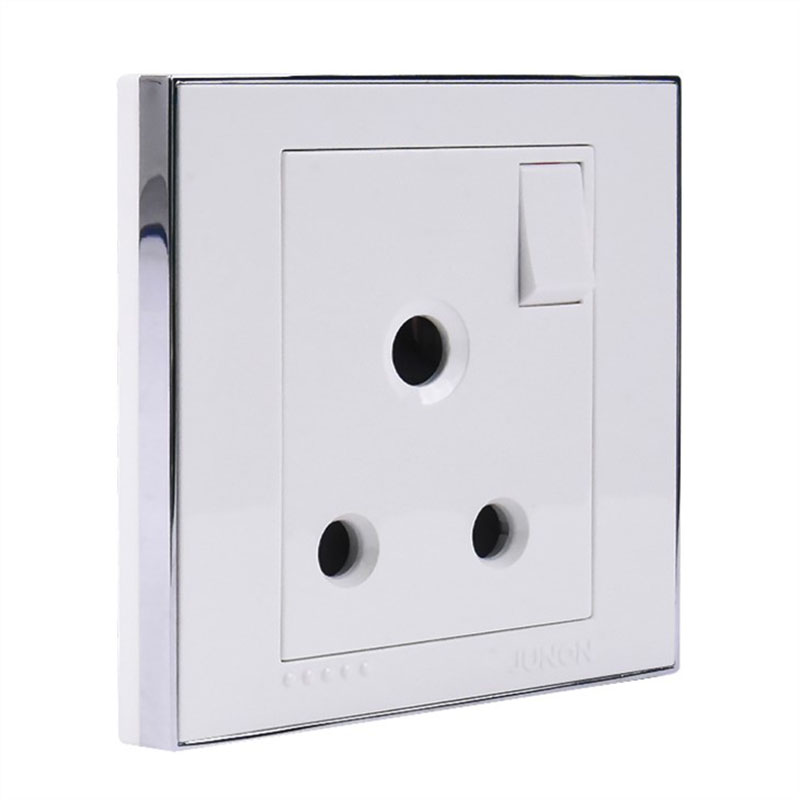
The role of AC circuit breaker
The role of AC circuit breaker
The main function of the circuit breaker is to disconnect the power supply in time to protect the circuit when the circuit is overcurrent. Circuit breakers are divided into high-voltage circuit breakers and low-voltage circuit breakers according to their scope of use. The distinction between high and low voltage is relatively vague. Generally, those above 3kV are called high-voltage appliances. Low-voltage circuit breaker is also called automatic switch. It is an electrical appliance that not only has the function of manual switch, but also can automatically protect against loss of voltage, undervoltage, overload, and short circuit. It can be used to distribute electric energy, start asynchronous motors infrequently, protect power lines and motors, etc., and automatically cut off the circuit when they experience serious overload, short circuit, and undervoltage faults. Its function is equivalent to a fuse switch and A combination of overheating and underheating relays, etc. Moreover, it is generally not necessary to change parts after breaking the fault current, which has been widely used. The principle is as follows. The internal tripping mechanism of the circuit breaker has a bimetallic sheet bonded together with two metals with different expansion coefficients when heating. When the current exceeds its rated value, the bimetallic sheet heats up and expands, and the expansion coefficient is small Without bending, drive the tripping mechanism to make it jump and cut off the power.
The main function of the circuit breaker is to disconnect the power supply in time to protect the circuit when the circuit is overcurrent. Circuit breakers are divided into high-voltage circuit breakers and low-voltage circuit breakers according to their scope of use. The distinction between high and low voltage is relatively vague. Generally, those above 3kV are called high-voltage appliances. Low-voltage circuit breaker is also called automatic switch. It is an electrical appliance that not only has the function of manual switch, but also can automatically protect against loss of voltage, undervoltage, overload, and short circuit. It can be used to distribute electric energy, start asynchronous motors infrequently, protect power lines and motors, etc., and automatically cut off the circuit when they experience serious overload, short circuit, and undervoltage faults. Its function is equivalent to a fuse switch and A combination of overheating and underheating relays, etc. Moreover, it is generally not necessary to change parts after breaking the fault current, which has been widely used. The principle is as follows. The internal tripping mechanism of the circuit breaker has a bimetallic sheet bonded together with two metals with different expansion coefficients when heating. When the current exceeds its rated value, the bimetallic sheet heats up and expands, and the expansion coefficient is small Without bending, drive the tripping mechanism to make it jump and cut off the power.

Leave a comment